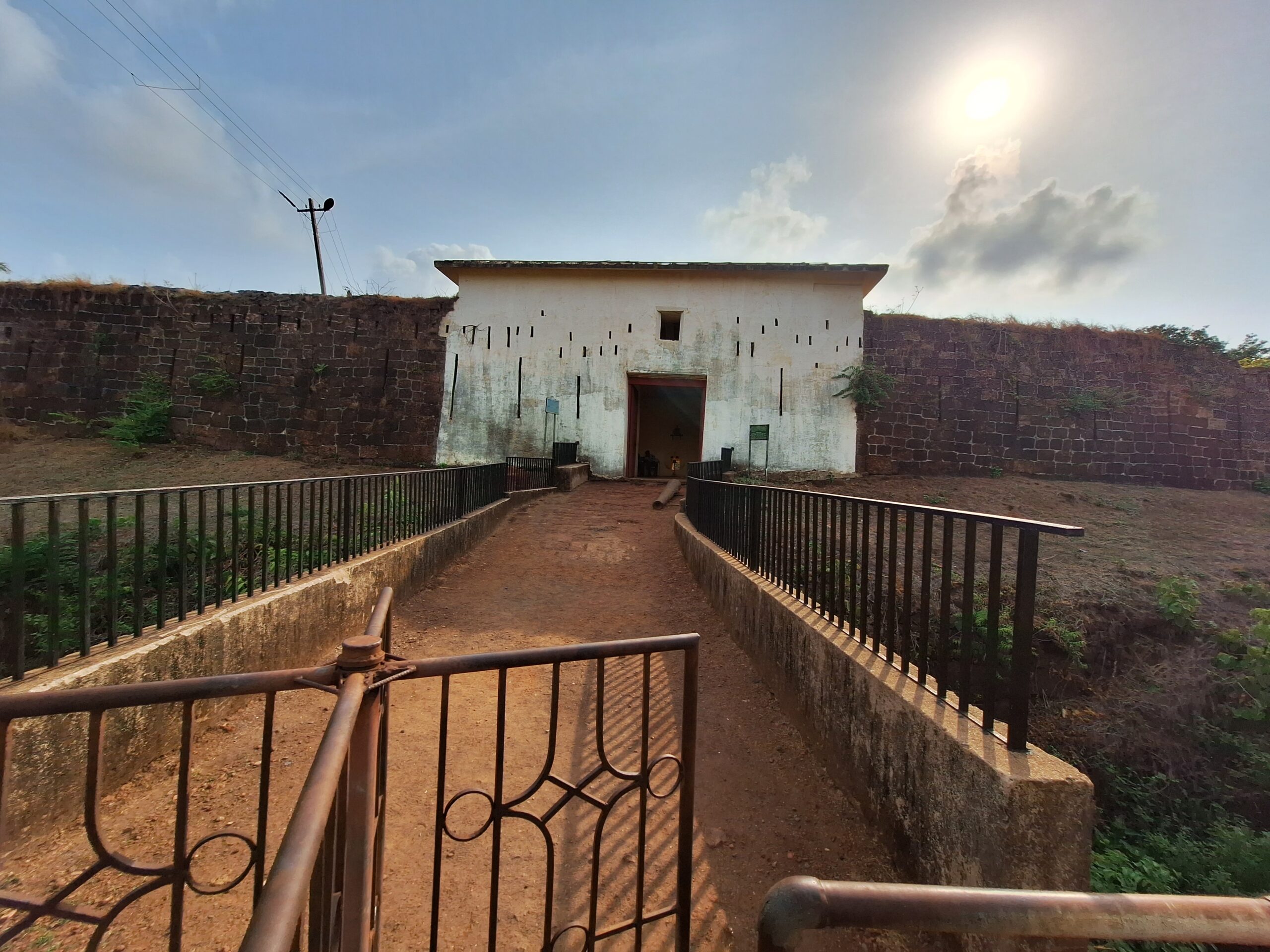
Cabo de Rama Fort: A Journey Through Goa’s Captivating History
Cabo de Rama Fort is located in Taluka Cabo da Rama, Canacona, South Goa. It is situated along the coastline, offering stunning views of the Arabian Sea. The fort is approximately 61 Km From the State capital Panaji 29.3 kilometers from Margao. This strategic location not only provides a glimpse into Goa’s rich history but also allows visitors to enjoy the natural beauty surrounding the fort.
(Visiting Hours: Monday To Sunday 9.00 Am To 5.30 Pm)
No Entry Fee
View Location 
Exploring Cabo De Rama Fort
Cabo de Rama Fort is a captivating site that invites visitors to explore its intriguing history and stunning views. While much of the fort remains in ruins, its historical significance and breathtaking location make it a must-visit destination for travelers seeking to understand Goa’s past.
Cabo de Rama Fort is steeped in legend, with its name derived from the “Ramayan“. According to local lore, Lord Ram, along with his wife Sita and brother Lakshman, sought refuge in this area during their 14-year exile. This connection to ancient mythology adds a layer of mystique to the fort, making it a fascinating spot for history enthusiasts and spiritual seekers alike.
Originally built by the Hindu rulers of the region, Cabo de Rama Fort has witnessed numerous changes in power over the centuries. It was later captured by the Portuguese in the 18th century after the Raja of Soonda surrendered. The fort was strategically important, serving as a defense against invaders and housing military barracks, a chapel, and cannons.
Architecture
Construction Material
- Laterite Stone: The fort is primarily built from laterite rock, a common material in Goa, known for its durability and distinctive reddish hue.
Layout and Size
- Area: Cabo de Rama Fort spans an impressive 180,000 square meters, making it one of the largest forts in Goa.
- Strategic Location: Perched on a cliff overlooking the Arabian Sea, the fort offers commanding views of the coastline and the mouth of the Sal River, which was crucial for defense.
Structures Within the Fort
- Walls and Ramparts: The fort features robust walls, ramparts, and bastions, remnants of its military past, designed to withstand attacks.
- Military Barracks and Command Posts: Constructed by the Portuguese after they took control in the 18th century, these structures were essential for housing troops and managing operations.
- Church of St. Anthony: A notable feature within the fort is the chapel dedicated to St. Anthony, which remains in use today and is known for its whitewashed exterior that contrasts with the fort’s weathered walls.
Historical Artifacts
- Cannons: The fort originally housed 21 cannons, some of which remain today, serving as a reminder of its military significance.
- Moats and Springs: The fort includes moats for defense and springs that provide fresh water, showcasing the ingenuity of its builders.
Despite its historical significance, much of the fort has succumbed to the ravages of time. Today, visitors can explore the remaining structures, which include the remnants of the fort walls, a few crumbling buildings, and the chapel dedicated to St. Anthony. The fort’s layout and ruins tell the story of its former glory, providing insight into the architectural styles of the time.
Image Gallery Of Cabo De Rama Fort
Nearby Attractions of Cabo De Rama Fort
Cabo de Rama Fort is surrounded by beautiful beaches, including Cabo de Rama Beach, located just 2 kilometers away. This beach is known for its stunning views and serene atmosphere, making it perfect for relaxation and sunset watching. About 8 kilometers from the fort lies Kakolem Beach, a hidden gem renowned for its secluded setting and seasonal waterfall, ideal for those seeking tranquility. Additionally, Cola Beach,at app 14 Km known for its picturesque lagoon and golden sands, is a short drive away, offering a unique blend of calm waters and scenic beauty. Together, these beaches provide a perfect escape for visitors to enjoy the natural charm of South Goa.












